Learn the phases of the moon in the southern hemisphere with this set of two posters.
Why Does the Moon Look Different Every Night?
Is this a question your students have asked you in your science class? From a young age, students recognise this bright object in the night sky but may wonder why the shapes differ daily. Let’s look at the reason behind the moon’s changing appearance.
The moon looks different every night because of its changing phases. The moon doesn’t produce its own light; instead, it reflects the light of the sun. As the moon orbits around the Earth, different portions of it are illuminated by the sun, creating different phases.
The moon goes through four primary phases: new moon, first quarter, full moon, and last quarter. During a new moon, the moon is between the Earth and the sun, and the side facing the Earth is completely in shadow, making it invisible from Earth. During a full moon, the moon is on the opposite side of the Earth from the sun, and the entire side facing the Earth is fully illuminated.
Between these two extremes, the moon goes through phases where only a portion of its surface is illuminated, creating crescents, half-moons, and other shapes. The specific appearance of the moon on any given night depends on the position of the moon in its orbit, the angle of the sun’s light, and your location on Earth.
How to Make the Most of Your Moon Phases Poster
- Print the poster and display it in your classroom for students to reference when doing independent work.
- Print the poster, slip it into a clear sleeve, and use it in your guided groups as a reminder.
- Print the poster, slide it into a clear sleeve, and hang it on a ring as a reference tool for a learning centre.
We’ve also come up with bonus ways to turn posters into interactive tools that really make your lessons stick!
🖍️ Turn this poster into a colouring page by printing it in black and white.
📝 Create a fill-in-the-blank worksheet by removing selections of text.
📂 Place copies in students’ homework folders for reference.
💻 Provide posters as digital resources for virtual students.
🧠 Test students’ memories by showing them the poster, then hiding it and having them tell you what they remember.
✅ Incorporate posters into your lesson wrap-up: students write on a sticky note what they learned from the lesson and place it on the poster.
Before You Download
This resource prints as a PDF. Please use the dropdown menu to choose between the full-colour or black-and-white version. There also are editable Google Slides versions available for each colour.
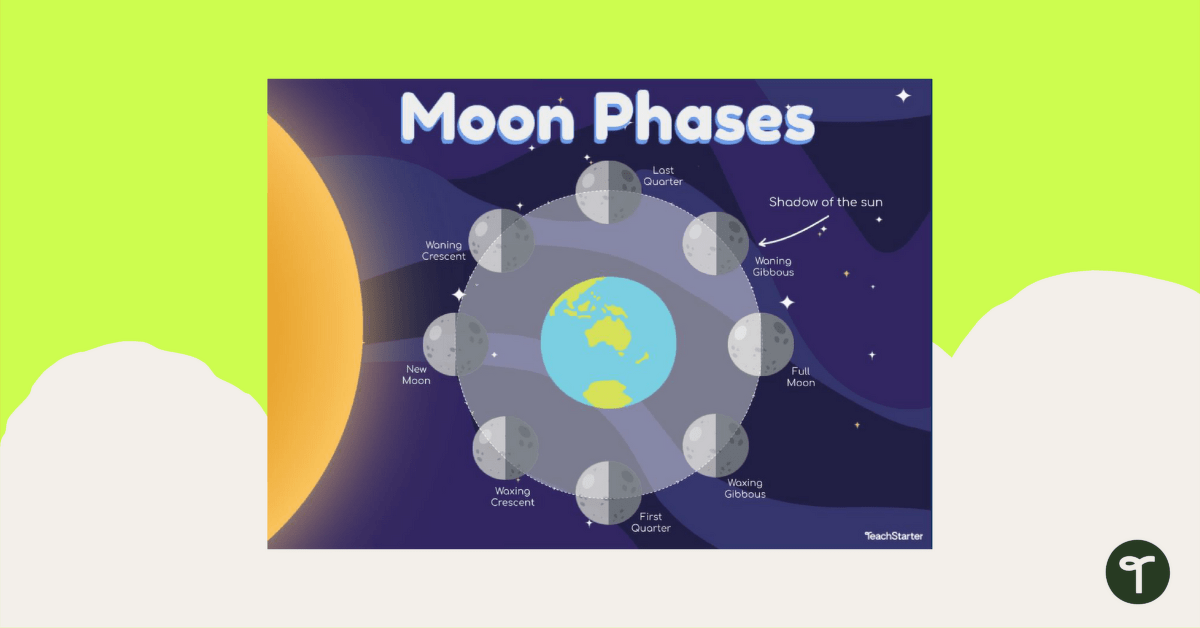

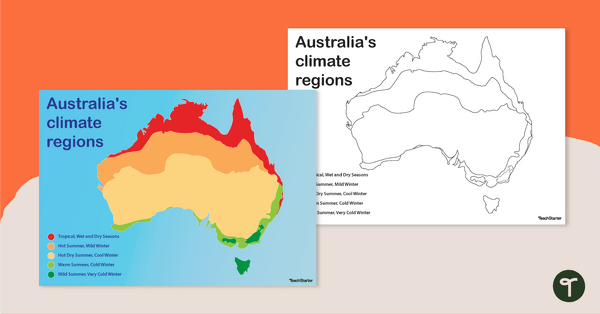
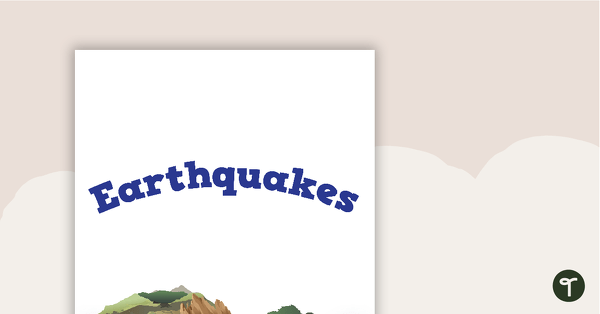
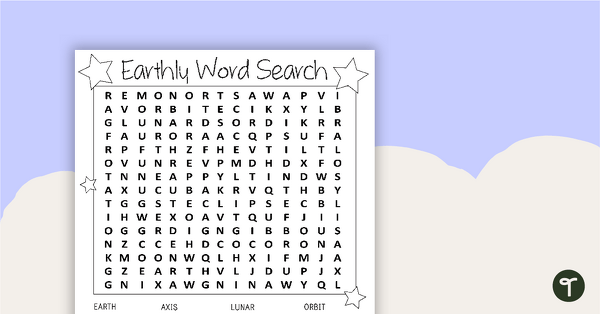
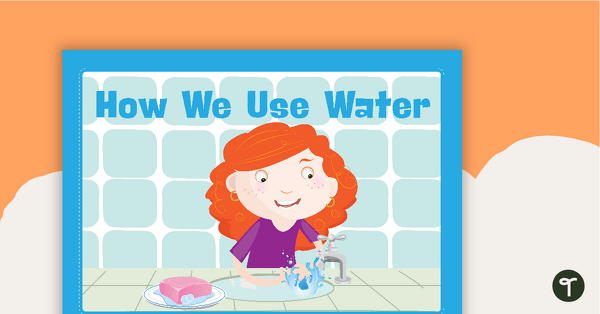
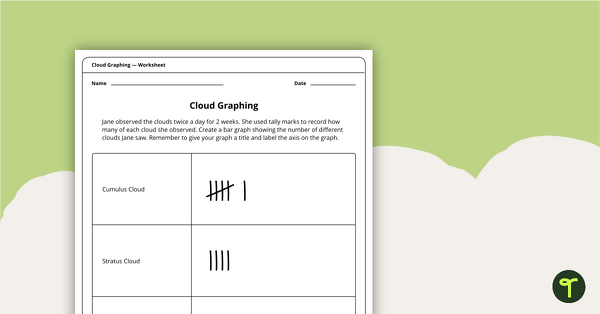

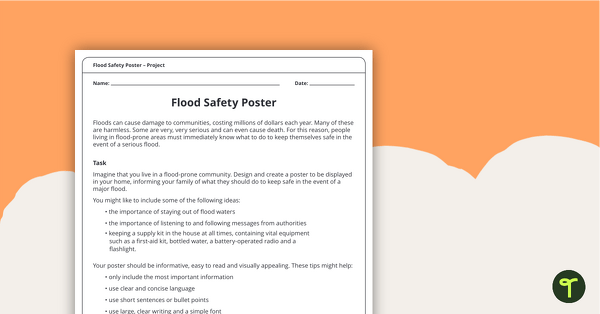
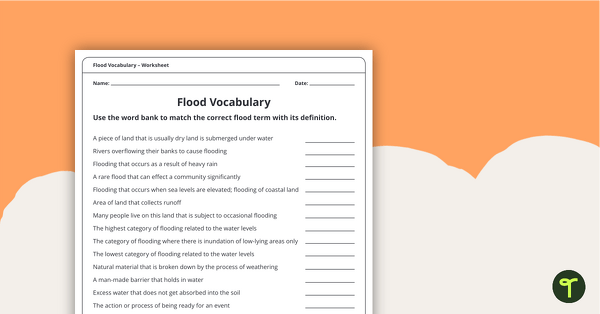
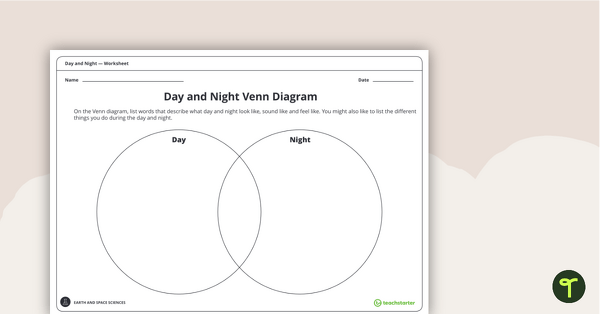
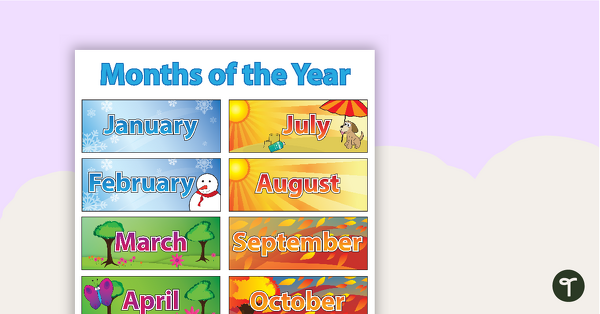
0 Comments
Write a review to help other teachers and parents like yourself. If you'd like to request a change to this resource, or report an error, select the corresponding tab above.